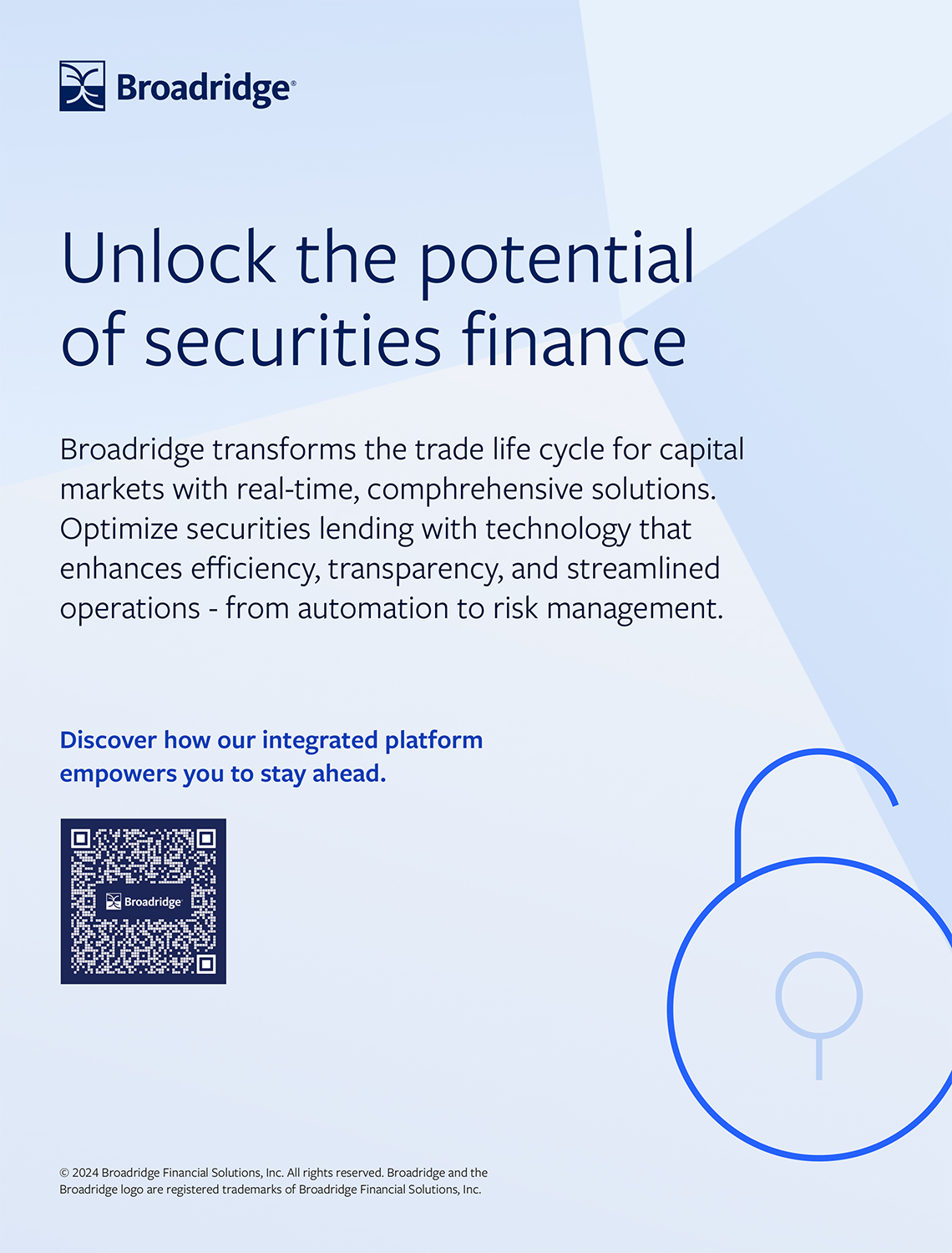WFE: blockchain regs must align globally
05 September 2016 London
 Image: Shutterstock
Image: Shutterstock
The World Federation of Exchanges (WFE) has warned global regulators of the need for consistency in any future regulations on distributed ledger technology (DLT).
The caution came in the WFE’s response letter to the European Securities and Markets Authority's (ESMA) June discussion paper on DLT, where it emphasised the need for rules based on “international guidelines and principles”.
WFE stated that innovation in DLT should be “primarily industry driven and not be unnecessarily impeded by regulatory intervention” and that regulators should be conscious of potentially stifling regulations in auxiliary areas of fintech such as cyber security and data protection.
The industry body, which represents more than 200 market infrastructure providers including exchanges and central counterparties (CCPs), encouraged regulators such as ESMA to continue to involve itself and other industry representatives in any policy formations to ensure regulation does not become overly burdensome and prohibitive.
WFE claimed it was essential that regulators continue to educate themselves on the evolving uses of DLT in financial markets in order to stay abreast of best practice.
DLT should also be included in ‘regulatory sandboxes’, which allows for the risk-free testing of innovative fintech solutions and business models, to “ensure that appropriate collaboration and exchange of information occurs between industry and regulators”.
Nandini Sukumar, CEO of WFE, said: "As an industry, financial market infrastructures are studying DLT and its potential benefits to the capital markets.”
“As the global industry association for exchanges, CCPs and central securities depositories, the WFE will seek to devote significant time and attention to forging consensus amongst its members on DLT-related issues, specifically formulating guidelines, codes of conducts and industry best practice as use cases and issues emerge. There is still much to come in this space."
Gavin Hill, head of regulatory affairs at WFE, added: "Markets are dynamic and continue to innovate. Developments in this space should continue to be market-led and not unnecessarily hampered.”
“However, it is important that stakeholders continue to engage, and as such, the WFE will endeavour to facilitate an open dialogue between regulators and its membership regarding the evolution of the technology, and the sharing of information and best practice."
The caution came in the WFE’s response letter to the European Securities and Markets Authority's (ESMA) June discussion paper on DLT, where it emphasised the need for rules based on “international guidelines and principles”.
WFE stated that innovation in DLT should be “primarily industry driven and not be unnecessarily impeded by regulatory intervention” and that regulators should be conscious of potentially stifling regulations in auxiliary areas of fintech such as cyber security and data protection.
The industry body, which represents more than 200 market infrastructure providers including exchanges and central counterparties (CCPs), encouraged regulators such as ESMA to continue to involve itself and other industry representatives in any policy formations to ensure regulation does not become overly burdensome and prohibitive.
WFE claimed it was essential that regulators continue to educate themselves on the evolving uses of DLT in financial markets in order to stay abreast of best practice.
DLT should also be included in ‘regulatory sandboxes’, which allows for the risk-free testing of innovative fintech solutions and business models, to “ensure that appropriate collaboration and exchange of information occurs between industry and regulators”.
Nandini Sukumar, CEO of WFE, said: "As an industry, financial market infrastructures are studying DLT and its potential benefits to the capital markets.”
“As the global industry association for exchanges, CCPs and central securities depositories, the WFE will seek to devote significant time and attention to forging consensus amongst its members on DLT-related issues, specifically formulating guidelines, codes of conducts and industry best practice as use cases and issues emerge. There is still much to come in this space."
Gavin Hill, head of regulatory affairs at WFE, added: "Markets are dynamic and continue to innovate. Developments in this space should continue to be market-led and not unnecessarily hampered.”
“However, it is important that stakeholders continue to engage, and as such, the WFE will endeavour to facilitate an open dialogue between regulators and its membership regarding the evolution of the technology, and the sharing of information and best practice."
NO FEE, NO RISK
100% ON RETURNS If you invest in only one securities finance news source this year, make sure it is your free subscription to Securities Finance Times
100% ON RETURNS If you invest in only one securities finance news source this year, make sure it is your free subscription to Securities Finance Times



